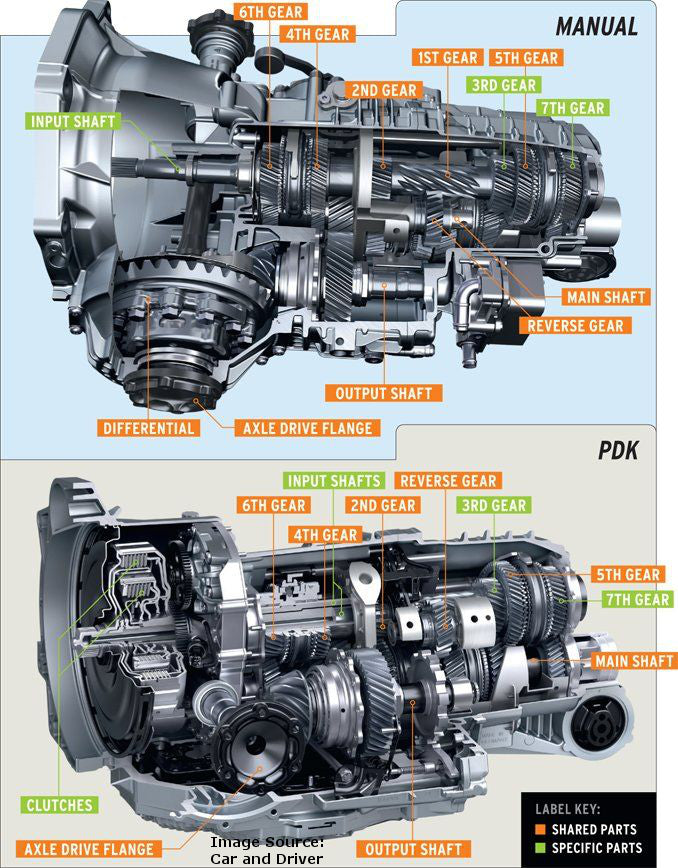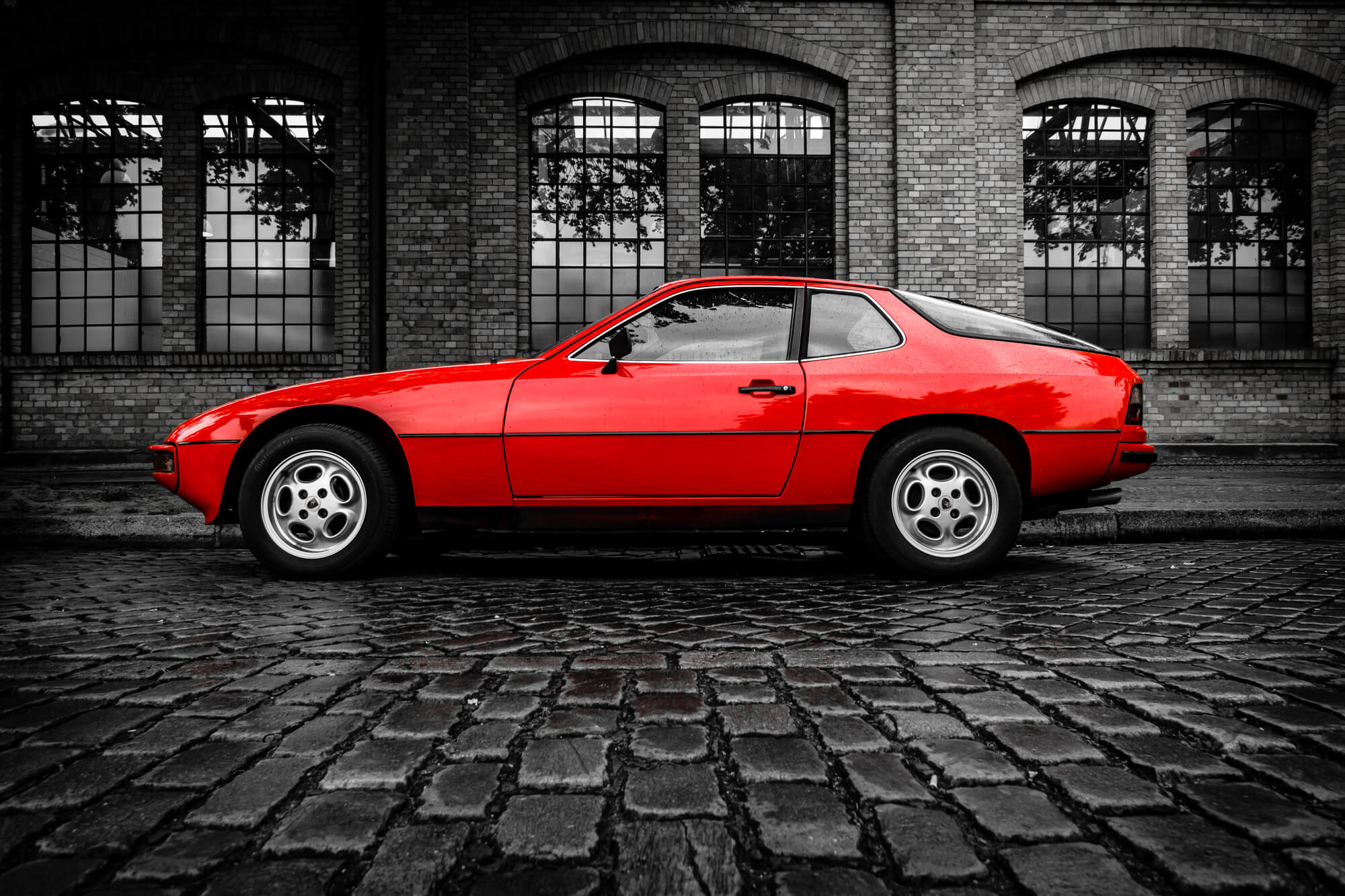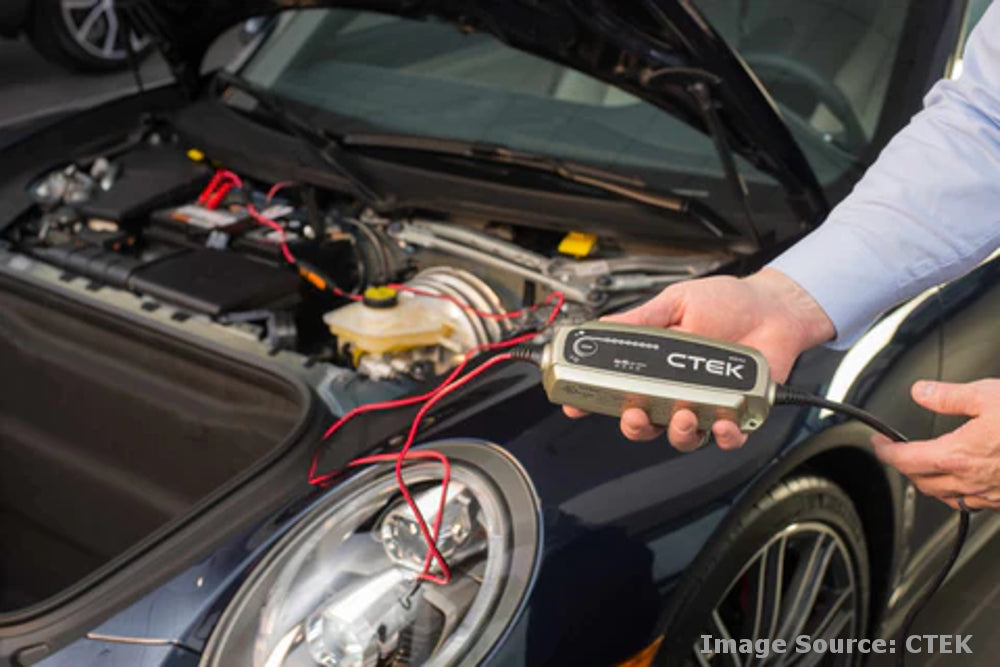Porsche's PDK (Porsche Doppelkupplungsgetriebe) transmission has redefined the driving experience for sports car enthusiasts around the world. This advanced dual-clutch transmission technology, first introduced in 2008 for limited fitment to the 911, revolutionized gear shifting, providing lightning-fast changes and seamless power delivery.
The first-generation dual-clutch PDK transmission systems that combined the best aspects of manual and automatic transmissions were an instant hit, captivating drivers with their responsiveness and performance.
Seeking to overcome the “time lag” and powerflow disruption associated with manual transmission gear shifts Porsche turned to the “double clutch” PDK to enable almost instantaneous seamless shifting.
With seven forward gears and two wet clutches the revolutionary PDK, that borrowed several design cues from the manual transmission, allowed drivers to perform gear changes within milliseconds. Managed by a sophisticated control unit the PDK not only offered near-seamless shifting, but also improved fuel efficiency.

In this article, we will delve into the Porsche PDK, exploring the workings and technological advancements that have made this transmission a true marvel in the automotive industry.
What Is The Porsche PDK Transmission?
Although the PDK transmission became an option on road-going Porsches in 2009, the concept actually dates back to the 1980s. As is often the case in Zuffenhausen, it was born out of racing. The famous Porsche 962 was equipped with a six-speed version of this transmission, with “dry” clutches.

As the name “Porsche Doppelkupplungsgetriebe” suggests, at the heart of the PDK Porsche lies a dual-clutch that, when the vehicle is in motion, allows ‘pre-selection’ of the next gear based on various factors such as vehicle speed, driver input, and driving conditions. In operation, the transmission synchronizes the next gear with the current gear while the current gear is still engaged, ensuring seamless gear changes.
The driver can control shifts via buttons or paddles on the steering wheel or with the shift lever. There is also a fully automatic mode, with the normal shift-setting oriented towards smooth shifting and optimum fuel economy.
Sport or Sport Plus modes completely transform the shift strategy, providing firm and lightning-fast shifts at far more precise intervals than the best manual transmission can achieve. The latest generation PDK transmissions also incorporate new fuel-saving modes, such as “sailing,” or decoupling the transmission from the engine to allow the engine to idle while coasting.
But how does the Porsche PDK achieve this?
Understanding How The PDK Porsche Transmission Works
The series production PDK Porsche transmission consists of two “wet-clutches” that run in oil, each responsible for managing a set of gears. The outer (#1) clutch pack is splined to an input shaft that incorporates the odd-numbered gears 1, 3, 5, and 7, while the even-numbered gears 2, 4, and 6 operate via a separate, hollow input shaft that is splined to the inner (#2) clutch pack. The #1 input shaft actually runs inside the hollow #2 shaft to save space and weight. The modern PDK’s weight penalty is only 20kg (44 lbs.) heavier than a manual gearbox.

In the latest iteration, a 202mm outer clutch is attached to the solid inner shaft, with the 153mm inner clutch connected to the hollow outer shaft. This dual-clutch arrangement allows for rapid gear changes with little interruption of the power delivery to the wheels.
The adaptive intelligence provided by the ECU measures all of the car’s vital dynamics (including throttle and brake travel, acceleration, and deceleration) in order to determine the next suitable gear to select.
Thus, when accelerating in first gear, the outer clutch is fully engaged, while the electro-hydraulically actuated selector forks preselect second gear in the other half of the gearbox.

When the ECU determines that it is time to shift, an electronic signal is sent to the clutch actuators, disengaging the outer clutch and engaging the inner unit.

In automatic mode, the mode selected (Normal, Sport, Sport Plus) allows the ECU to control how long the PDK gearbox holds onto each gear. A manual override allows the driver to take control (via buttons or paddles) and determine the gear shifting.
What is more, the PDK’s adaptive intelligent shift capability allows Porsche to include additional “virtual gears” for times – such as when crawling through a city at moderate speed - when none of the 7 gear ratios are just right. This is particularly pertinent in the lower three gears, which are spread further apart.
Instead of adding gear sets, Porsche’s solution is to ‘partially’ engage two gears at once. By using the adaptive intelligence to engage both clutches very lightly to allow plenty of slippage, the transmission operates at a ratio that essentially splits the difference between the two gears engaged. As soon as power is applied the transmission selects one gear or the other to avoid overheating the slipping clutches.
To prevent overheating the PDK transmission uses the same pressurized hydraulic fluid to cool the friction discs of the clutch packs as used to control the clutch engagement. Hydraulic circuits are also used to actuate the shift rods when preselecting gear ratios. The gear wheels reside in a separate chamber and are lubricated by conventional gear oil.

The Porsche PDK’s ability to shift in less than 100 milliseconds (less than 0.1 seconds), coupled with the wet clutch system’s small degree of slip, means that normal driving changes are smooth and efficient, reducing CO2 emissions and improving fuel efficiency as well as performance. In comparison, specialists from the renowned Car and Driver magazine only managed to shift from first to second gear in 0.3 seconds with the manual gearbox available in the same generation of the iconic 911.
Of course, while the PDK Porsche’s architecture closely resembles that of a manual transmission, the fact that the transmission also offers the driver a choice of automatic mode often draws comparison to the Tiptronic transmission.
What Is The Difference Between PDK And Tiptronic Transmissions?
Unlike the Porsche PDK which uses a double clutch, the Tiptronic utilizes a torque converter to transfer power from the engine to the transmission. In so doing it features planetary gears and clutches that engage and disengage to select the appropriate gear ratio based on driving conditions.

Because of the use of a torque converter that multiplies the input torque, the Tiptronic is often classified as a ‘normal’ automatic transmission. However, the Tiptronic also provides drivers with the option to manually shift gears when desired, thereby combining the convenience of an automatic transmission with the precise control of manual shifting.
The manual shifting capability of the Tiptronic allows drivers to manually upshift or downshift using either paddle shifters mounted on the steering wheel or by moving the gear lever in a dedicated manual shifting gate. This flexibility appeals to drivers who enjoy occasional manual control without the need for clutch pedal engagement.
In terms of performance, the lightning-fast gear changes of the PDK Porsche outshine the Tiptronic by ensuring minimal power loss during shifts, enhancing overall performance and driving dynamics.
In contrast, the Tiptronic offers a more relaxed and convenient driving experience. While it does allows manual shifting, the gear changes are not as quick or direct as those provided by the PDK transmission. Tiptronic is designed to prioritize smoothness and ease of operation, making it suitable for everyday driving and situations where a more relaxed approach is desired.
The adaptive intelligence of the PDK transmission also analyzes various parameters, including driver inputs and road conditions to optimize shifting patterns in real time. In comparison, the Tiptronic’s Sport mode, while enhancing shift points and responsiveness, the absence of adaptive intelligence means it lacks the finesse of the PDK. It does, however, provide a versatile driving experience with the option to manually shift gears when desired.
Despite the many benefits of the Porsche PDK its complexity and cost have to be taken into consideration when deciding on a PDK Porsche. Ultimately, the choice of Porsche PDK or Tiptronic depends on individual driving styles, preferences, and the desired balance between performance and convenience.
The evolution of the PDK Porsche transmission represents a remarkable journey of technological advancement. From its inception, the PDK has continually pushed the boundaries of performance, delivering lightning-fast gear changes and enhancing the driving experience. With each iteration, Porsche has refined and improved the system, making it more responsive, efficient, and adaptable.
As the automotive industry evolves, PDK transmissions are set to play a crucial role in the future of high-performance vehicles, ensuring an exhilarating and engaging driving experience for enthusiasts worldwide.
Looking ahead, Porsche continues to invest in research and development to further refine PDK technology. The utilization of advanced materials, such as lightweight alloys and carbon composites, aims to reduce weight and enhance efficiency. Integration with electrified powertrains and the potential for fully electric PDK transmissions also open up new possibilities for future generations of sports cars.
Here at FrazerPart, we understand the importance of keeping the Porsche transmission in tip-top condition through regular servicing. Thus if you are experiencing abrupt or poor gear changes on your 986 and 987 Tiptronic gearboxes, or 996 and 997 Tiptronic transmission, we have OEM quality oil, filter and gasket sets to ensure the transmission functions as Porsche intended.
To order give us a call at +44 151 66 50 911 or order any of our quality parts and service kits directly from our website at https://frazerpart.com/.
Did you enjoy this article? Avoid missing future publications by subscribing to this blog's RSS feed using
https://frazerpart.com/blogs/technical-articles.atom




